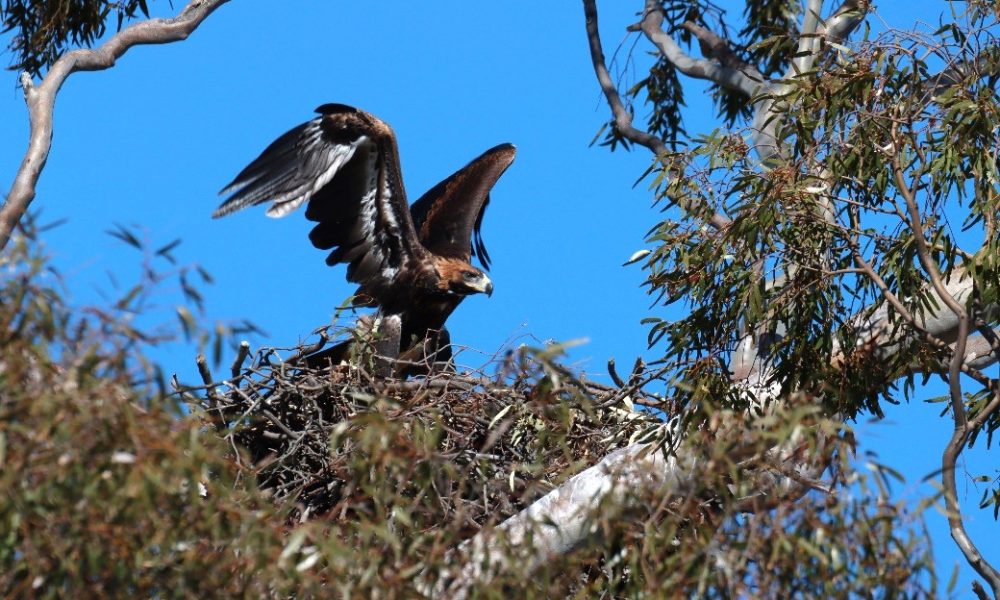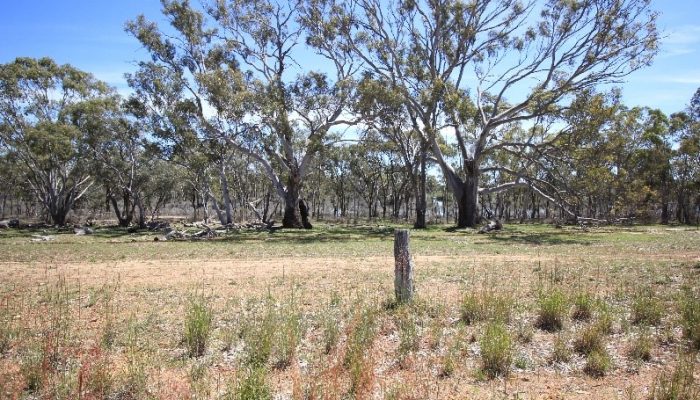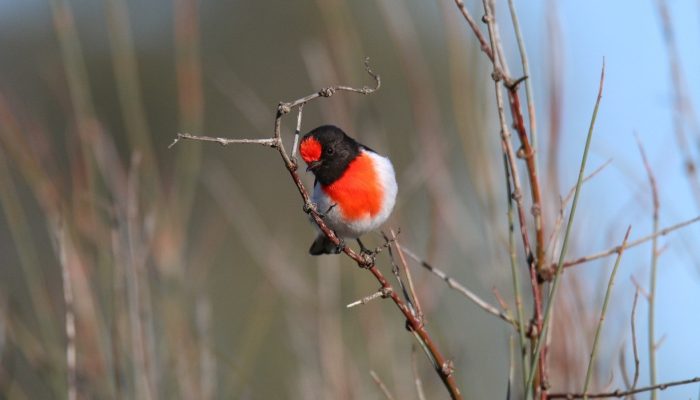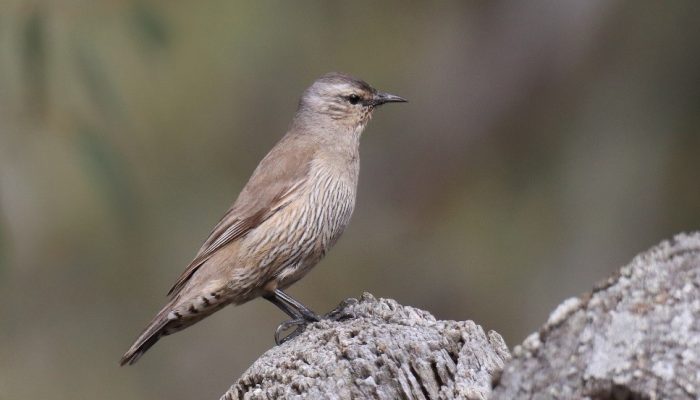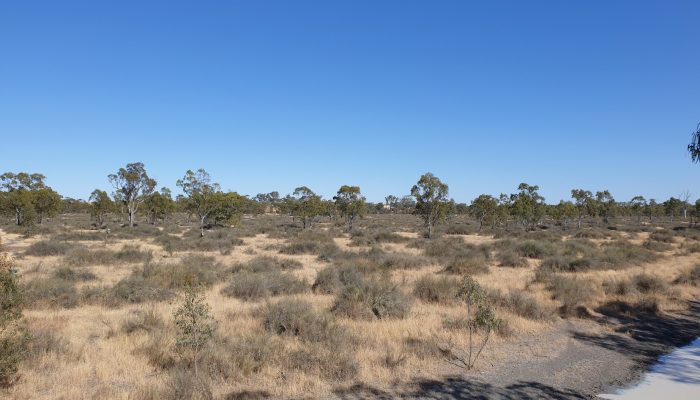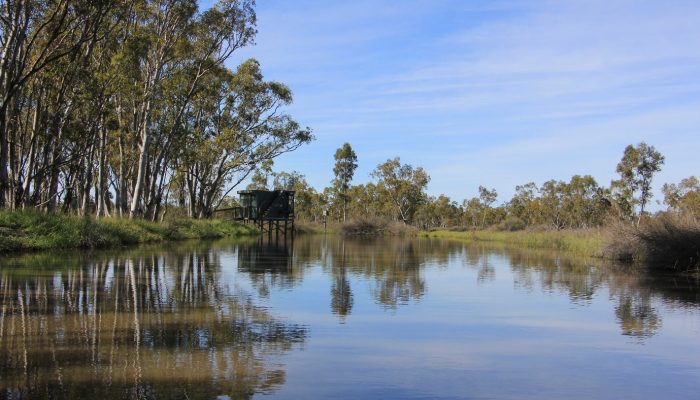Mount Elgin Swamp Reserve is 297 ha of River Red Gum Wetland 13 km west of Nhill, half way between Melbourne and Adelaide. This reserve was purchased by Trust for Nature in 1998 with a local Committee of Management (COM) established shortly afterwards. This COM works to maintain and enhance the ecological values of the swamp, particularly through suppressing pest plants and animals.
While the natural swamp was once continuously filled, since the millennium drought it has become a seasonal wetland – wetting but not filling every winter. This reserve protects an important area of endangered vegetation communities and provides a home for many native plants and animals.
Mount Elgin Swamp Reserve is open by appointment only.
All Trust for Nature reserves are closed on days of Total Fire Ban, and days of severe, extreme and code red fire danger.
Images: Jennifer Goldsworthy.
